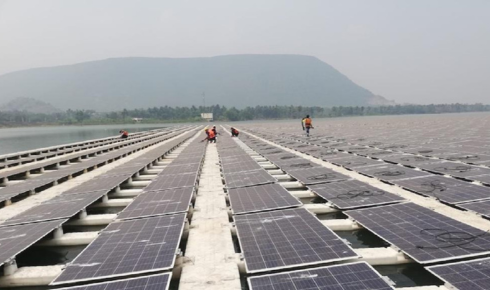India has committed to move away from depending and using traditional fossil fuels and put renewable energy sources to use. However, a balance must be made in the transition. Installing solar power plants or wind turbines is not enough but there is a need for uninterrupted power supply to the public. India’s leadership in G20 also came with opportunities of a seven-year action plan or Sustainable Development Goals of SDGs. Among the SDGs, the ones linked to energy transition are SDG7, SDG11, and SDG9.
The present article includes solar power latest news and detailed description of the SDGs.
SDG7: Affordable and Clean Energy
SDG7 refers to the United Nations Sustainable Development Goal that lays emphasis on ensuring access to sustainable, reliable, and affordable power for citizens. In India, solar power plants play a significant role in providing a renewable energy source. Solar power aligns with the goal of reducing dependency on traditional sources of energy such as fossil fuels. Implementing solar power plants in remote areas that previously lacked the access to basic electricity will get regular power supply. With this, it offers a local solution and access to electricity in public spaces such as schools, healthcare centres, and railway stations. Solar power will make India more secure by depending less on imported fuels.
SDG 9: Industry, Innovation, and Infrastructure
SDG 9 focusses on building strong infrastructure and promoting innovation and sustainable industrialization. Solar power plants diversify energy sources and prove to be a reliable alternative to power shortages or grid instability. Integrating solar energy in the power grid increases energy security that is vital for economic stability and sustainable development. Solar power supplies clean energy to sectors including agriculture and manufacturing. With this, solar power empowers the industries by reducing operational costs and carbon footprints. Solar energy projects enable advancements in photovoltaic technologies, grid systems, and energy storage management systems. Investment in solar power in India promotes technology, innovation, and research and development in the energy sectors.
SDG 11: Sustainable Cities and Communities
India is undergoing a rapid urbanization so it should adopt sustainable practices. SDG emphasizes on converting cities to reliable and sustainable places. Urban cities consume the most energy , so integrating solar power plants in urban planning can enhance cities’ infrastructure and reduce reliance on fossil fuels. This can also make the cities energy -efficient by offering on-demand generation of power. It can also balance energy supply with demand thereby improving energy supply networks and reducing waste. Cities in India are now strengthening their solar -powered infrastructure by installing rooftops on residential buildings, metro rail systems, and hospitals. Such innovation creates sustainable environments making India reach closer to the goal.
Conclusion
Development of solar energy infrastructure in India is benefiting both rural and urban populations. It also promotes economic growth, increases employment opportunities, and protects the environment. By investing in solar power, India is moving towards its goals of achieving a cleaner and greener space. You can get all the latest solar power news at Renewable Mirror which is one of the most trusted go-to source for energy updates.

